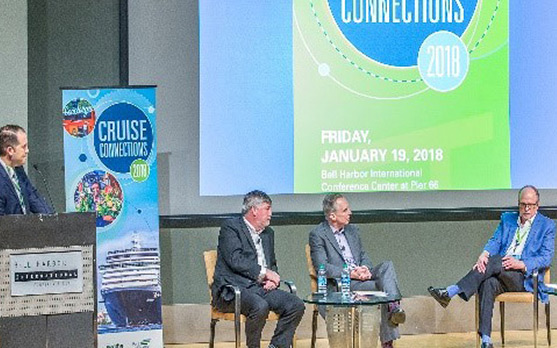
The chair of the Alaska Tourism Marketing Board (ATMB) supports a state audit recommendation that the board be sunsetted at the end of June and its responsibilities shifted to industry.
“As the chair of the Alaska Tourism Marketing Board, I agree with the report conclusions, findings and recommendations,” wrote Colleen Stephens.
Two years ago, the Legislature directed the visitor industry to “develop a plan to phase out reliance on unrestricted general funds for marketing, moving towards a self-sustaining program funded by industry … .”
In response, the Alaska Travel Industry Association (ATIA) embraced the idea of creating a tourism-improvement district (TID), which is similar to a business-improvement district, including businesses that are assessed for the improvement of an outlined jurisdiction. TIDs are occurring around the country at local and regional levels and, most recently in California, at a statewide level to fund tourism promotion efforts.
According to ATIA, the process to establish a TID is two-pronged:
“Phase I: The Travel Alaska Act bill (Senate Bill 110) was introduced in April 2017 which provides a self-assessment framework, a mix of current and new revenue, and could include various tourism industry sectors: accommodations, tour activities, attractions, retail and restaurants.
“Phase II: The Travel Alaska Act provides only a framework, or a tool for the tourism industry to decide if we want to vote for a self-assessment. If SB 110 passes, then an industry vote may occur. If industry decided to vote for an assessment, a ballot developed by industry could include:
- A level of assessment (between .5% and 2%) to generate new funds
- The tourism business sectors that would be voting, and
- A slate of candidates for the first members of a Travel Alaska Board
“Those businesses that would be sent the ballot could be based on State business licenses (business codes). Industry would vote as a whole, not by sector. Only those businesses collecting the assessment would vote in the election, and would vote as a whole, not within the sector of the business they represent. The businesses voting may or may not be members of ATIA. ATIA’s membership is separate from any TID assessment as part of the Travel Alaska Act.”
Tourism marketing and development appropriations
FY 15 through FY 18
| FY 15 | FY 16 | FY 17 | FY 18 | |
|---|---|---|---|---|
| General fund | $15.2 million | $7.2 million | $1.5 million | $3 million |
| Program receipts | $2.7 million | $2.4 million | $665,200 | – |
| Total | $17.9 million | $9.6 million | $2.2 million | $3 million |



